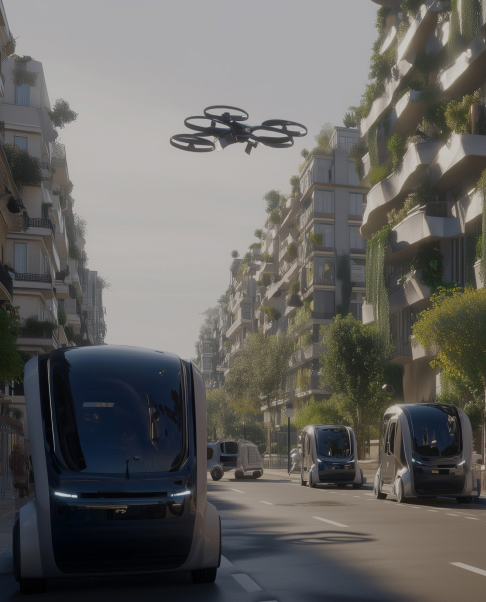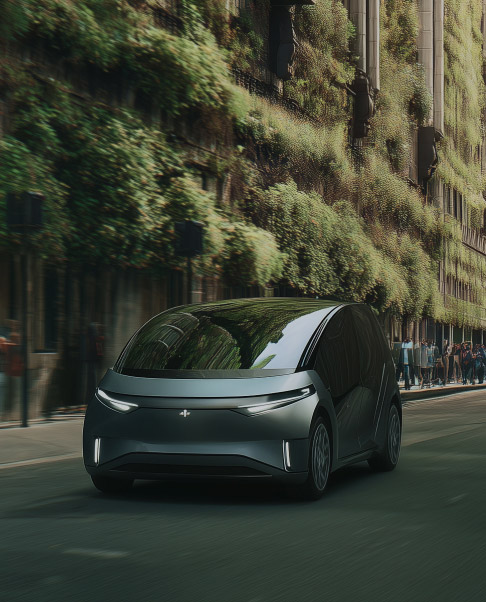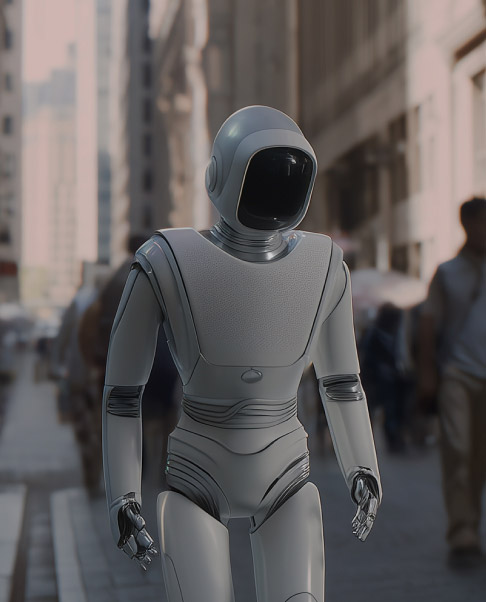What are Onchain Machines?
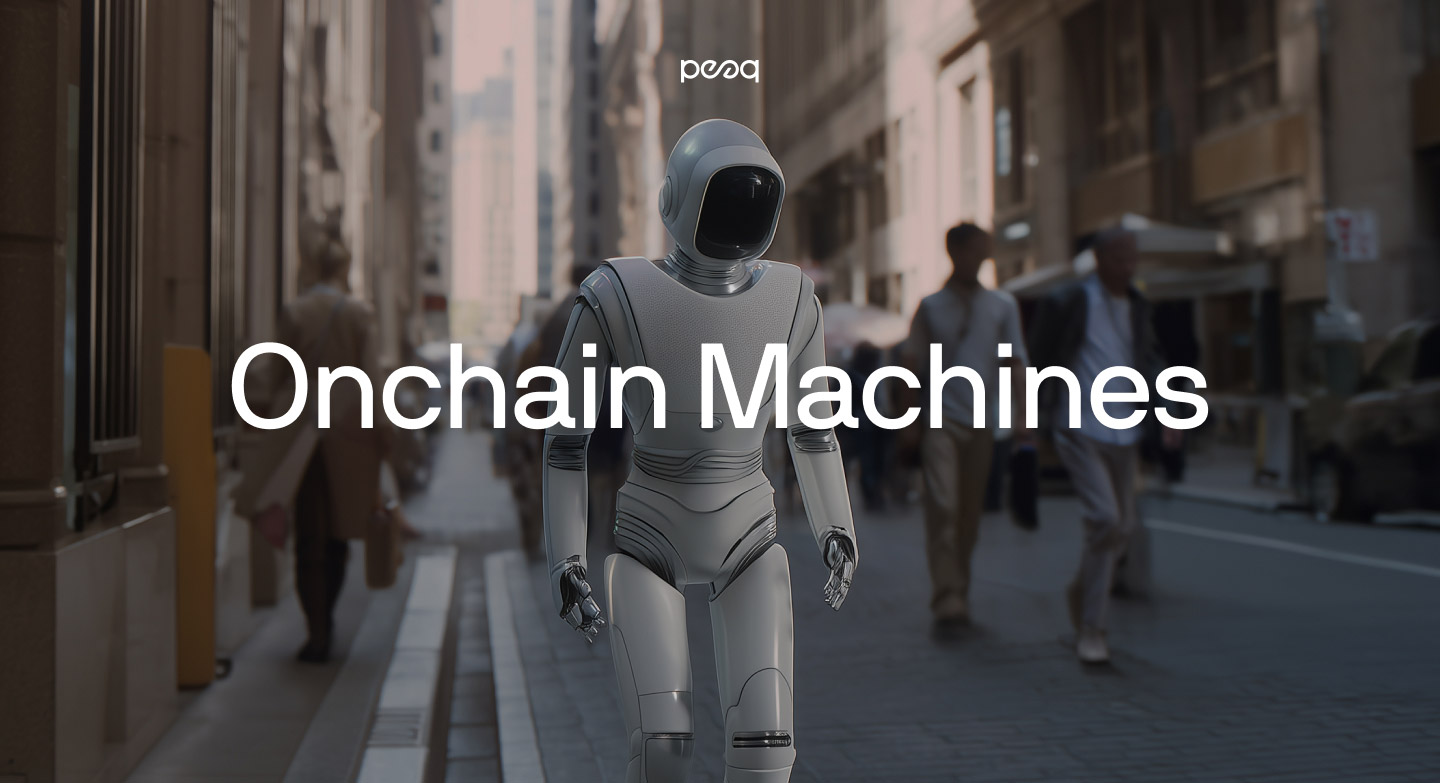
Today, over 20 million smart devices are connected to the Internet. They’re everywhere — in our homes, in our cars, in our pockets. They help us navigate, manage our energy use, and keep us connected across continents. They’re already ubiquitous in our daily lives — and the global economy.
While all of these devices deliver convenience and make our lives immensely easier, most of the economic value they create flows up to corporations and centralized platforms. But what if it didn’t have to? Instead, what if that value could flow back to the people and communities using these devices?
That’s what happens when machines go onchain.
Onchain machines don’t just create value — they ensure it’s distributed fairly. A phone rewarding you for collecting noise data. A self-driving car doing delivery drop-offs when the owner doesn’t need it. A tokenized humanoid robot serving the community. A smart city where every resident is a co-owner and a stakeholder. It all starts with bringing machines onchain, where they can log value, earn rewards, pay and get paid, be tokenized, and unlock countless future possibilities. All that — in a transparent, verifiable way.
And that changes everything.
Because when machines can earn on behalf of the people and communities that own them, own what they produce, and interact on an open, decentralized network, they become the foundation of a new kind of economy. A Machine Economy, where the value generated by those machines flows directly to you.
DePIN. DePAI. Machine DeFi. Machine RWAs. These aren’t separate trends. They’re layers of the same system. And it all starts with onchain machines. There are more than 2 million of those on peaq already, connecting over just a few months. So what exactly are they, and what opportunities do they unlock?
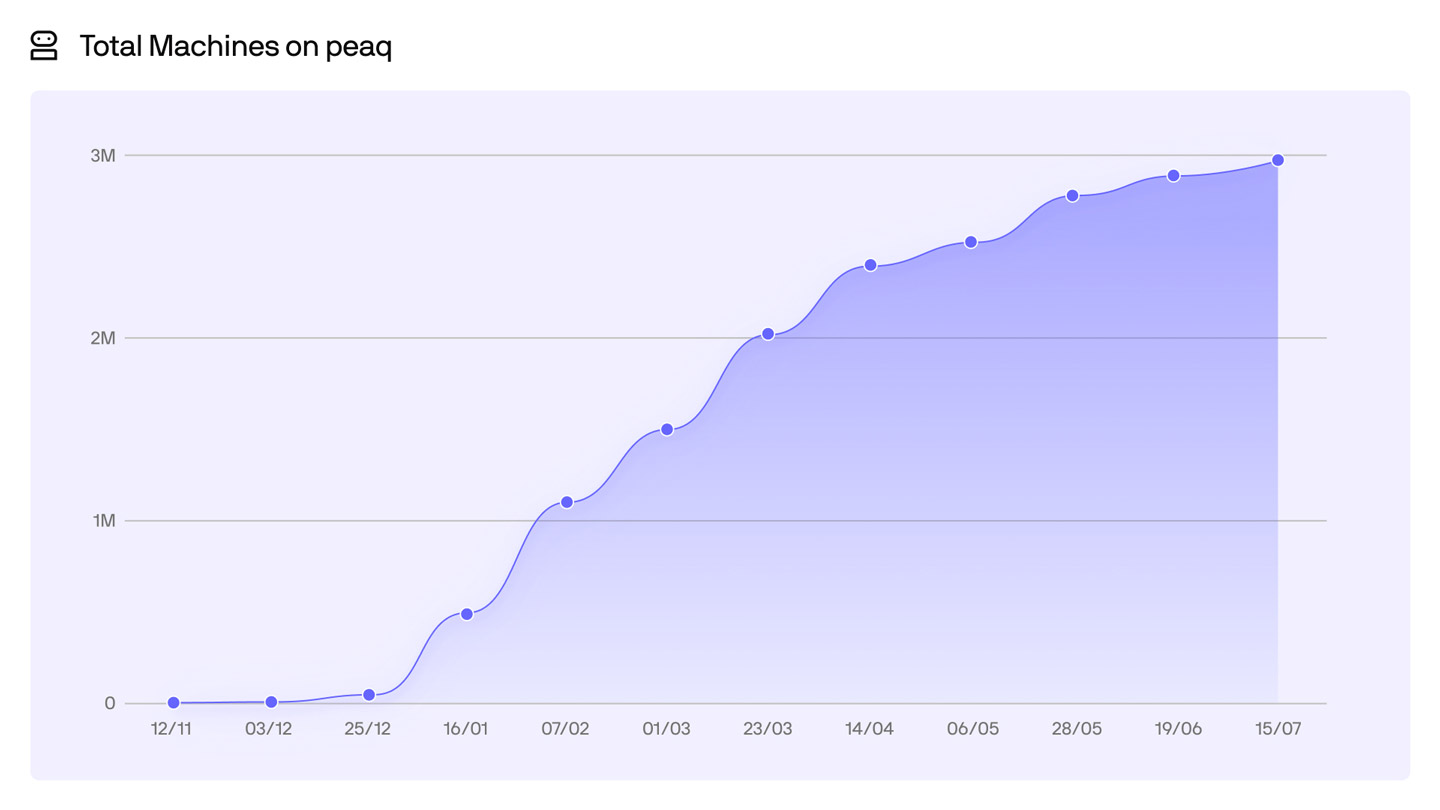
What is an Onchain Machine?
A machine becomes onchain the moment it connects to a blockchain with a verifiable identity and an associated wallet.
That’s the baseline. Mind you, it gets more complicated the deeper you dive, but let’s not get ahead of ourselves.
With a decentralized ID and a wallet, a machine can earn tokens for its work, interact with smart contracts, and become part of decentralized applications or networks — whether those are DePINs, DAOs, or community-owned fleets of machines.
In short — it goes from being a tool to becoming an active participant in the Machine Economy, earning you rewards.
Onchain machines can:
- Verify themselves via a decentralized identity (DID)
- Pay and get paid
- Prove work, reputation, and transaction history transparently
- Interact with other machines, people, and dApps — autonomously
Once machines are onchain, they’re no longer just connected to the internet. They’re connected to the global peer-to-peer economy.
Not all onchain machines are onchain to the same degree, though. There’s a spectrum — from devices that simply have an onchain identity, to machines that generate transactions and operate with full economic agency. Some might just need to prove their existence onchain. Others might earn for the work they do, pay for their own maintenance, and even manage entire fleets of other machines.
We won’t go into all the layers here (because we have a whole blog dedicated to the types of onchain machines), but it’s worth noting that “being onchain” isn’t binary — it’s a sliding scale. The deeper a machine plugs into the chain, the more autonomous and economically active it becomes.
Why Put Machines Onchain?
Because it unlocks everything they’re missing today.
Today’s machines are incredibly capable. They can deliver groceries, restock goods, coordinate the flow of traffic, drive us around, assemble other machines. And right now, at least one can even dance. Some are personal, some are shared, and some are owned by companies. But few let you capture the value they generate. Almost none can issue a payment, build a reputation onchain, or interact with machines powering any other platforms or services.
Putting machines onchain changes that.
It gives them a verifiable identity, access to a wallet, and a way to interact directly with people, apps, and other machines — without needing a Big Tech platform in the middle.
This opens up entirely new possibilities:
- Incentivization — machines can earn for their services in real time.
- Ownership — machines can be co-owned by communities, crowdfunded, or governed through DAOs.
- Transparency — every action, payment, and interaction is traceable and verifiable.
- Composability — once a machine has a verifiable identity, it can access all kinds of services and applications without being locked into siloed ecosystems. An autonomous car, for example, could pay for charging, sell data, and offer rides — all across different dApps.
- Global accessibility — people can easily fundraise for and invest in machines and machine-powered businesses worldwide, regardless of their location or country of origin.
- Decentralized hyperautomation — machines can make economic decisions, make payments, interact with DeFi protocols, and operate independently without human intervention, making them more efficient and capable of scaling autonomously.
- Bootstrapping infrastructure through tokenization — people can crowdfund, own and deploy physical infrastructure without waiting for corporations or governments.
It’s not just about decentralizing control. It’s about activating machines as full-fledged participants in the economy.
Onchain Machines vs. Traditional IoT
Most machines today fall under what’s commonly called the Internet of Things. They’re connected. They gather and share data. But they do so in closed systems — controlled by centralized platforms, with little transparency, no economic agency, and, often, not enough value captured by their owners
Onchain machines flip that model.
Instead of passively reporting data to a corporate cloud, they can prove what they’ve done, earn for it, and act on it — all on their own, on an open decentralized network, not a walled-off corporate one.
Here’s how it breaks down:
Traditional IoT
- Centralized platforms
- Data sent to cloud
- No economic agency
- Limited interoperability
- Opaque operations
Onchain Machines
- Decentralized infrastructure
- Data logged onchain
- Machines can earn and transact
- Plug-and-play across dApps and networks
- Transparent, verifiable activity

In Web2, machines connect. In Web3, they participate.
And that shift — from connection to participation — is what makes the Machine Economy possible.
How Onchain Machines Enable the Machine Economy
On their own, onchain machines are powerful. But when they interact with each other, with apps, and with users — that’s when the Machine Economy comes alive.
In a sense, onchain machines provide the foundation for everything else being built on peaq:
- DePIN — machines form decentralized networks for mobility, connectivity, energy, mapping, and more — earning as they provide real-world services.
- Machine RWAs — onchain machines become tokenized, ownable, liquid assets — real-world infrastructure accessible to anyone with a crypto wallet.
- Machine DeFi — machines can earn, spend, and even invest — accessing capital, liquidity, and financial autonomy onchain.
- DePAI — machines are the “physical” part of Decentralized Physical AI.
The Machine Economy isn’t an abstract concept. It’s a real, tightly connected system — and it all starts with onchain machines.
How peaq Powers Onchain Machines
The Machine Economy needs infrastructure specifically designed and built for machines. That’s what peaq provides.
Everything a machine needs to go onchain — identity, wallet, data, logic — is baked into peaq’s layer-1 blockchain:
- peaq IDs: Every machine gets a unique, verifiable decentralized identifier (DID) onchain. You can learn more about creating a peaq ID for a machine here.
- Wallets and payment infrastructure: Machines can earn, hold, and send tokens — autonomously.
- Low fees, high throughput: Built to handle microtransactions at machine scale.
- dApp and DePIN support: A growing ecosystem of machine-native apps, tools, and networks ready to plug into.
- Built-in governance and ownership models: From tokenized machines to Machine DAOs, peaq supports flexible ways to own and operate machines — at scale.
Whether you’re onboarding a single device or building an entire network of onchain machines, peaq is the foundation they plug into.
Onchain Machines in the Real World
This isn’t a thought experiment. Onchain machines are already out there — earning, transacting, and creating value across real-world use cases.
- Combinder turns your household devices into Distributed Energy Resources (DERs) that can adjust to the needs of the energy grid — allowing you to provide grid flexibility, monetize your energy data, trade energy, and even join the carbon credits market.
- SkyX crowdsources granular weather data from all around the world. The SkyX weather station empowers communities to improve their local weather infrastructure and help collect detailed data that ensures more precise forecasts — all while earning rewards.
- Silencio turns the microphones on regular mobile phones into noise sensors, allowing anyone with a phone to start earning tokens for mapping urban sound pollution and contributing to the world’s largest crowdsourced noise level data bank.
- DATS lets people lend spare computing power to decentralized cybersecurity services, enabling idle devices to earn by performing DDoS tests, running vulnerability scans, and gathering threat intelligence.
- MapMetrics is a drive‑to‑earn navigation DePIN: drivers, devices, and autonomous vehicles help build decentralized maps and are rewarded for submitting traffic updates and mapping data.
These aren’t edge cases. They’re proof that when machines go onchain, they can go beyond their basic functions — they can earn, contribute, and scale entire decentralized networks.
This is the Machine Economy, IRL.
Machines Are Coming Onchain
The shift is already happening.
Machines are earning. Transacting. Participating. Not in theory — in the real world, on peaq, right now.
They’re powering decentralized networks. Forming new business models. Creating real-world value and capturing it directly.
And this is just the beginning.
The Machine Economy isn’t a vision for tomorrow. It’s a system that’s coming together piece by piece today — one onchain machine at a time.
Welcome to The Machine Economy
- Know anyone with an onchain-ready smart device? Send this blog to them — yes, smartphones and PCs count too.
- Want to help change the world? Start building on peaq today or get your idea funded.
- Build peaq. Join the community.
Welcome to The Machine Economy
- Know anyone with an onchain-ready smart device? Send this blog to them — yes, smartphones and PCs count too.
- Want to help change the world? Start building on peaq today or get your idea funded.
- Build peaq. Join the community.



